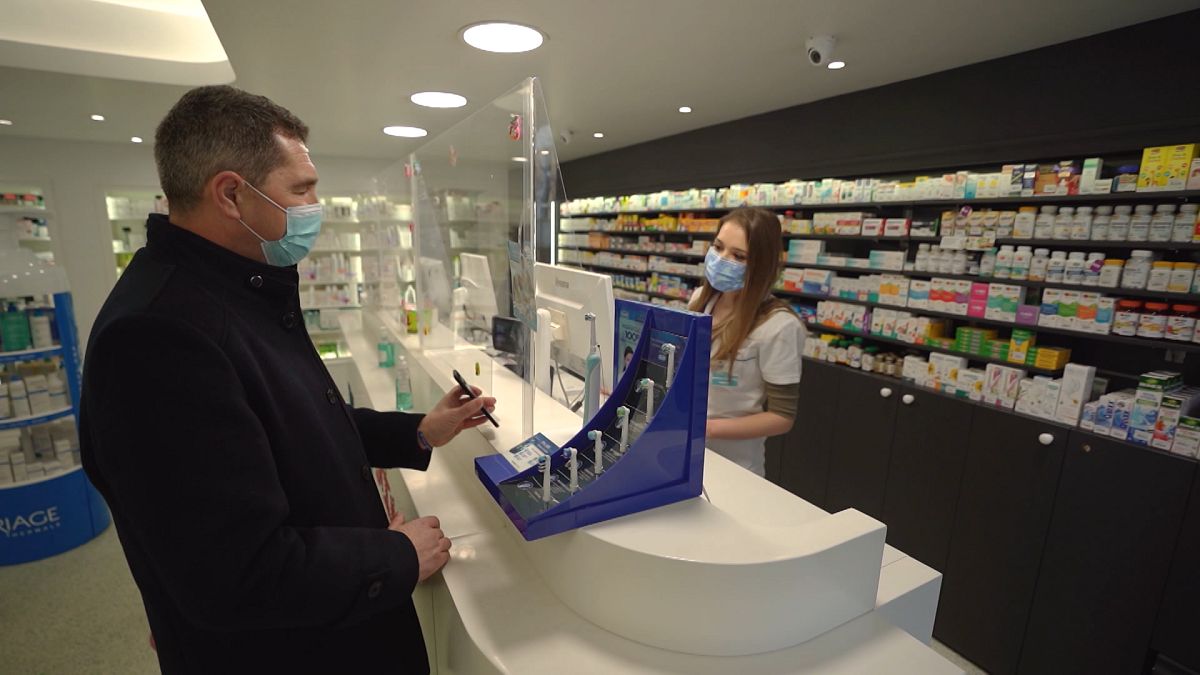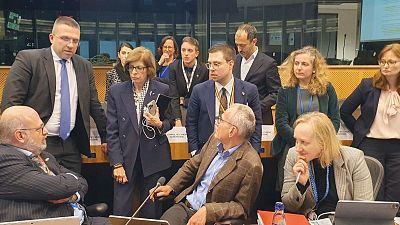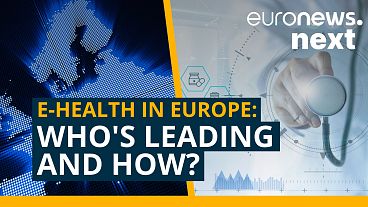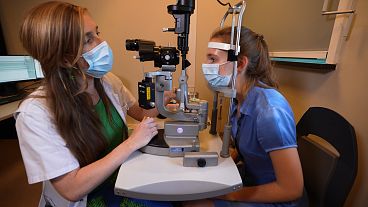Powerful tools such as artificial intelligence and data science can make healthcare more effective and smarter: they are at the heart of the new European Health Data Space
Growing and ageing populations are shaping our healthcare systems, which need to be more effective and smarter.
Powerful tools such as artificial intelligence and data science can bring answers to this challenge and this digital strategy is at the heart of the European Health Data Space, launched in May 2022 to develop safe exchanges of patients' data: to deliver better care, empower research and help EU member states in their policymaking.
But what kind of data are we talking about?
It’s the information related to our health that’s generated when we see a doctor or go to hospital. This is known as the primary use of health data.
The secondary use is the processing of aggregated health data to improve healthcare services, the development of medicines and research.
Paris hosts one of the most advanced health digital infrastructures in Europe.
The Health Data Hub links different actors within the health ecosystem and has set up a technological platform that enables public interest projects to exploit large data sources.
“Artificial intelligence means being able to move from healthcare that treats you when you’re already ill to healthcare that alerts you to the risk of hospitalization,” says Cécile Roseau, Data Engineer at the Health Data Hub. “It means moving from healthcare that threats to healthcare that prevents”.
Finding a common language
When it comes to bringing together health data from different countries that use different standards and languages, the challenge is to find a common code. This involves two main steps.
“The first step is to have a common data model,” says Lorien Benda, Open Science Project Manager at the Health Data Hub. “The second step is to set up a common vocabulary; that’s a bit like the construction of a sentence: all countries need to agree on whether to use a subject-verb-object construction, for example, or subject-object-verb.”
Making the data secure
Pipelines to connect health databases are at the heart of the European Health Data Space, but sharing confidential data requires high levels of security. The French Data Hub applies strict standards of IT protection to prevent access to patients’ personal data.
"At no point do we have the right to access directly identifying data,” says Emmanuel Bacry, Scientific Director of the Health Data Hub. “We open secure bubbles for each research project that operates on our platform. These are bubbles that are totally sealed off from each other, totally independent, in which researchers have access only to the pseudonymous data they need. Obviously, there is no way to take the data outside of this bubble."
The Finnish model
Finland is another successful case study for health data management.
It runs Findata, the data authority for the social and healthcare sector. The agency gives guidance on the secondary use of health data and ensures that data used for public interest projects are fully protected.
"We give permits to use health data in research, but also in teaching, in development and innovation activities, policymaking, and so on,” says Johanna Seppänen, Director of Findata.
“We have a contact point in Finland where you can ask about the quality of the data, about the availability of the price, or all kinds of things you need to know when you are planning your research."
Pilot project
A major step towards the European Health Data Space will be taken next September with the launch of its pilot version. This will monitor the transnational use of health data on specific issues such as cancer, rare diseases and health pathways.



